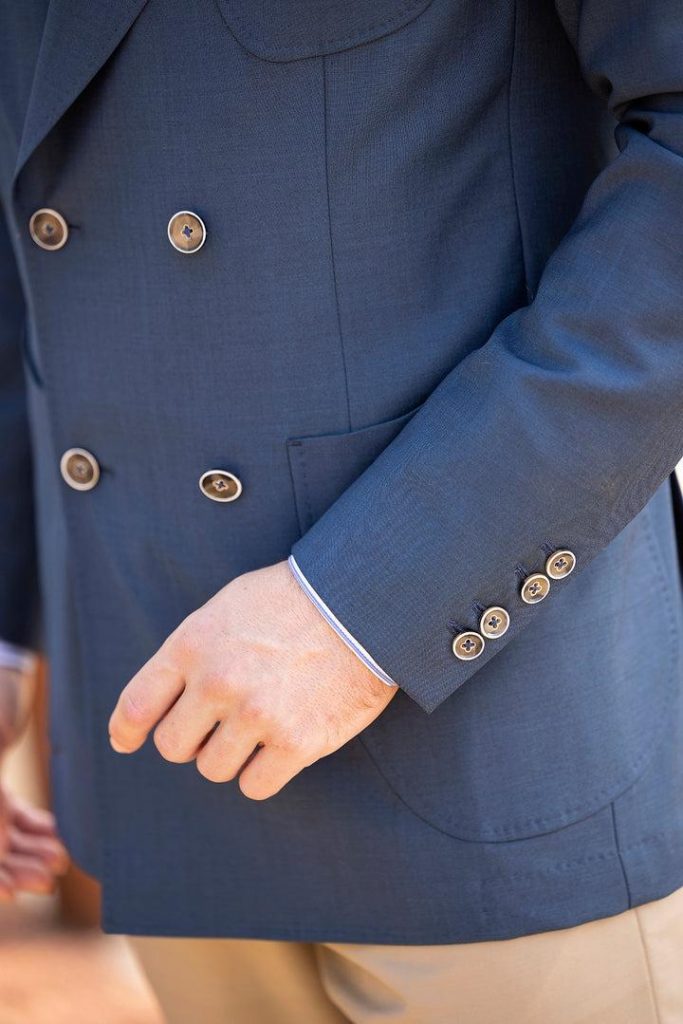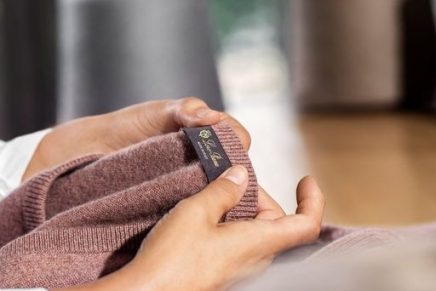The Lap of Luxury: Exploring the World’s Most Expensive Fashion Materials.
When it comes to the world of haute couture and high fashion, nothing screams opulence quite like the choice of materials. Designers are always on the hunt for the rarest and most extravagant materials to set their creations apart. Among the myriad of options, several materials epitomize luxury. Let’s delve into the origins of these lavish textiles while also addressing the critical issue of sustainability surrounding their production.
Vicuña: The Fiber of the Gods
Derived from the fleece of the vicuña, a South American relative of the llama, Vicuña wool is one of the most exclusive and expensive materials in the fashion world. This fiber is known for its incredibly fine texture, lightweight feel, and exceptional warmth. Vicuña wool boasts a delicacy that’s often compared to the softness of a cloud.
Sourcing Vicuña: Vicuña wool is primarily sourced from Peru, Bolivia, and parts of Chile. The vicuña is a protected species, and the fleece can only be collected once every two years, further enhancing its exclusivity. Traditional Andean communities, who have coexisted with vicuñas for centuries, play a vital role in the sustainable harvesting of this rare fiber.
Sustainability Note: While the demand for Vicuña wool has led to increased conservation efforts, including the establishment of protected areas, the resource-intensive process of gathering vicuña fleece can be detrimental if not managed carefully. Balancing the economic benefits of Vicuña wool with its environmental impact remains an ongoing challenge in the fashion industry.
Cashmere: Soft as a Whisper, Warm as a Hug
Cashmere, often hailed as the “soft gold” of textiles, is a luxury fiber spun from the undercoat of cashmere goats. It’s renowned for its unmatched softness, lightweight warmth, and timeless elegance. Cashmere has been cherished by fashion connoisseurs for centuries.
Sourcing Cashmere: The majority of the world’s cashmere comes from Inner Mongolia, with additional production in other regions such as Kashmir, India, and parts of Central Asia. The harsh climate of these regions produces goats with exceptionally fine undercoats, making for the finest cashmere fibers.
Sustainability Note: The popularity of cashmere has led to overgrazing and environmental degradation in some areas, raising concerns about the sustainability of the industry. To address these issues, some companies are implementing sustainable practices, such as responsible herding and regenerative land management, to ensure the long-term viability of cashmere production.
Silk: The Fabric of Royalty
Silk, often referred to as the “queen of textiles,” has a rich history dating back thousands of years. This luxurious material is made from the fibers spun by silkworms, particularly the mulberry silkworm. Silk is prized for its smooth, lustrous finish and its ability to drape elegantly.
Sourcing Silk: The majority of silk production takes place in countries like China, India, and Thailand. The silkworms are raised in controlled environments, and their cocoons are carefully harvested to create this exquisite textile.
Sustainability Note: Traditional silk production involves boiling the silkworms alive to extract the silk threads, raising ethical concerns. However, there are more humane and sustainable methods being developed, such as “peace silk” or “ahimsa silk,” which allow the silkworms to emerge from their cocoons before harvesting.
Diamonds: The Ultimate Luxury Embellishment
Diamonds aren’t just a girl’s best friend; they’re also a symbol of luxury in fashion. High-end designers often incorporate these precious gems into their creations, whether as embellishments on clothing or as accessories.
Sourcing Diamonds: Diamonds are sourced from various countries, with notable production in places like Botswana, Russia, and Canada. The diamond industry has taken steps to ensure ethical sourcing, including the Kimberley Process, which aims to prevent the trade of “blood diamonds.”
Sustainability Note: Ethical concerns in the diamond industry center around human rights abuses and environmental damage caused by mining. While the Kimberley Process addresses some of these issues, critics argue that it needs stronger enforcement and more transparency.
The Balance of Luxury and Responsibility
These materials undeniably define luxury in the fashion world. However, it’s essential to consider their environmental, ethical, and sustainability implications. Balancing the allure of luxury with ethical sourcing and production practices is a challenge that the fashion industry must address. Supporting initiatives that promote responsible material sourcing, ethical treatment of animals, and environmental conservation can help ensure that these extravagant materials can coexist with a commitment to sustainability. Fashion can be luxurious and responsible, offering consumers the best of both worlds.
Luxurious Fabrics for High-End Tailoring
In the realm of luxury tailoring, the choice of textiles is paramount, as it can elevate a well-crafted suit to a masterpiece. Luxury tailors often opt for the most exquisite and expensive fabrics to create their bespoke creations.
Among these, fabrics like Dormeuil’s Vanquish II, Loro Piana‘s Vicuña wool, and Zegna’s High Performance Fabric stand as exemplars of opulence. Dormeuil’s Vanquish II features a blend of the rarest and finest fibers, including Escorial wool, Tibetan yak, and pashmina, resulting in a fabric that exudes refinement. Loro Piana’s Vicuña wool, sourced from the Andes, is prized for its exceptional softness and lightweight warmth. Zegna’s High Performance Fabric, crafted from a blend of ultrafine wool, silk, and technical fibers, offers both elegance and functionality.
These materials represent the zenith of textile luxury, offering a tactile and visual experience that complements the craftsmanship of high-end tailoring. However, even in the world of luxury textiles, concerns about ethical sourcing and sustainable practices are emerging, prompting tailors and consumers alike to consider the impact of their choices on the environment and the communities involved in production. Balancing luxury and responsibility remains a critical consideration for the modern luxury tailor.









